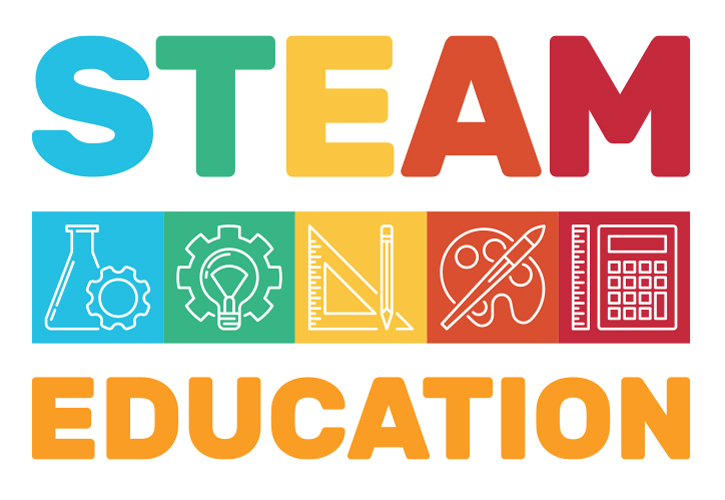Blog 5: Hands-on Activities
I cannot believe I am writing the last blog for EDUC 4P01. This class has taught me a lot of content knowledge related to STEM, which I have reflected on in my previous blogs. I would also like to take the opportunity to reflect on EDUC 4P01 in general. I have to say I am glad that I took EDUC 4P01 to begin with. I have learned so much from this class, not only in terms of STEM content, but also in professors’ teaching styles and lesson structures.
There were a lot of hands-on activities built into this class, which I absolutely loved. I did not only learn the knowledge, but also practiced the concept in the real world. For example, professor Mgombelo asked us to fold our name tags using the Taco folding style. I found this interesting, as it indicated that teaching mathematical concepts do not just math teachers' responsibility, but it can also be taught in other classes, such as English, arts, and social studies classes.Another concept that I found beneficial was learning metaphors. Since humans are complex, teaching needs to be purposeful and enlightening. It is a pedagogical tool when comparing abstract ideas to common knowledge to aid students learning. For example, when teaching about isolating x in an equation, I could tell students to think of x as a stinky person on a bus that all the other travellers (i.e. the numbers) do not want to sit beside. I think metaphors are great in introducing unfamiliar materials as they allow students to see the connections with their lives.
Complexity theory was another focus of the course, which emphasized the complex learning system within a classroom. It was provoking to learn about the complex theory as it reflects an excellent trajectory for educational reforms. Traditionally, teachers have been the driving force in classrooms to deliver lessons and manage students’ behaviour (Davis et al., 2019). However, I believe it is time to make changes through the disequilibrium of the power dynamic, and encourage students to self-organize and recursively elaborate in the learning environment. I really liked the pop-up card that I made in class that reflects the fractals effect of complex theory. This is another reason I like this class, that I could actually practice and see the effect of complex theory and brunching off ideas in real life through hands-on activities.I really liked the structure of this class, and I had ample opportunities to practice being a teacher. For example, my partner and I led a STEM activity with my classmates. I had the practical experience of being a teacher. I began by selecting a topic, finding the curriculum connections, making the handouts, preparing the materials, leading the lesson, and receiving feedback from my peers, professors, and the TA. I benefit from it beneficial, and it generally adds to my experiences. In addition, the makerspace was a fantastic experience. I have a great interest in crafting, and thus I enjoy spending time in the IRC to experience the power of STEM in education. As I engaged in the four activities, I also saw how STEM is also arts and their interconnectedness. As a teacher, I will find opportunities to incorporate these exceptional comments into my class and actively engage my students with STEM challenges.
Overall, I had a fantastic experience in EDUC 4P01. I learned valuable STEM knowledge and its importance to education. I also actively engaged in hands-on activities to see the connections in real life. I liked how both professors and the TA emphasis on the importance of not limiting myself by the assignments and the class structure. It is okay to be different as long as I gain something from this class. I felt more prepared to facilitate more STEM activities in the future. I will revisit my notes in the future when needed!
Thank you for reading!
Overall, I had a fantastic experience in EDUC 4P01. I learned valuable STEM knowledge and its importance to education. I also actively engaged in hands-on activities to see the connections in real life. I liked how both professors and the TA emphasis on the importance of not limiting myself by the assignments and the class structure. It is okay to be different as long as I gain something from this class. I felt more prepared to facilitate more STEM activities in the future. I will revisit my notes in the future when needed!
Thank you for reading!
Alice
References
Davis, B., Francis, K., & Friesen, S. (2019). STEM education by design: opening horizons of possibility. Routledge.







Comments
Post a Comment